Predator – What Every Sequel Did Wrong
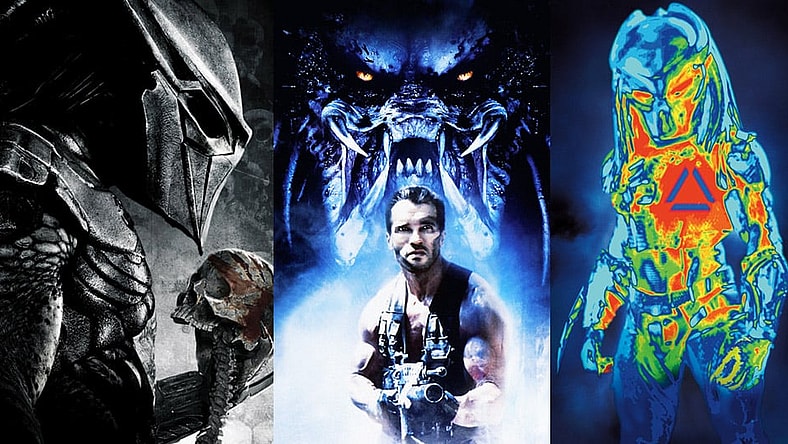
Predator debuted in 1987 under the masterful eye of Die Hard director John McTiernan, who brought his signature action movie feel to a brand new sci-fi franchise. It would go on to outlive the star power of its main actor, the seemingly indominable Arnold Schwarzenegger. For once, the Austrian Oak played second fiddle to the titular antagonist, which was a welcome change of pace.
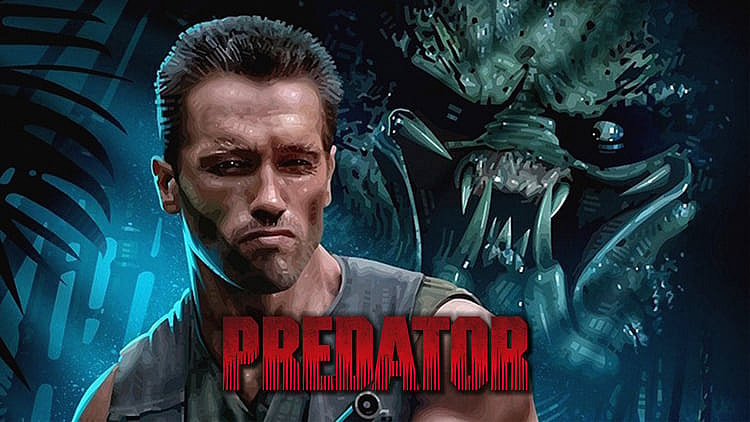
Predator succeeded not just on the merits of its director and crew, but also its once-in-a-lifetime cast of characters, and a creature design unlike anything the world had ever seen. More than 30 years later, the Predator franchise continues on, but it has limped its way forward in the shadow of the glory it once took for granted. A lot of that has to do with how each successive sequel got the formula wrong.
RELATED: Cover Of The Day: Rodolfo Damaggio And Robert Campanella’s Batman vs. Predator III #1
Every subsequent Predator installment has suffered a monumental misstep that derailed its objective, causing it to fall short of the greatness of the original. With the latest installment, 2022’s Prey debuting in August, it’s worth taking a microscope to past Predator films to see why so many filmmakers have struggled to recapture the magic of the 1987 classic.
1) PREDATOR 2 (1990)
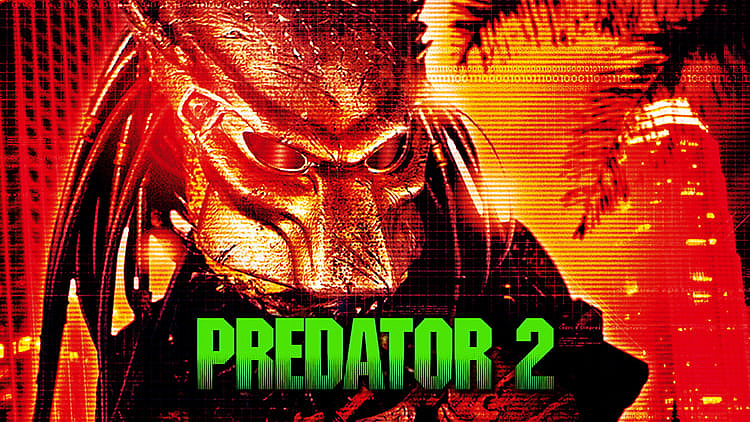
Three years after Arnold Schwarzenegger took down the seemingly invincible Yautja in the debut Predator film, the first sequel dropped, with Highlander second-unit director Stephen Hopkins in the driver’s seat. Rather than duplicate the stalker-in-the-jungle formula of the original, Predator 2 changed the scenery to a sweltering, dystopian Los Angeles, circa 1997.
A new Yautja turned the city into its hunting ground, smack dab in the middle of a war between rival drug gangs, and the LAPD. Instead of bringing back Schwarzenegger’s character Dutch Schaefer, Predator 2 featured Danny Glover in the lead role as loose cannon detective Mike Harrigan, who stumbles right into the path of the creature’s hunting trip.
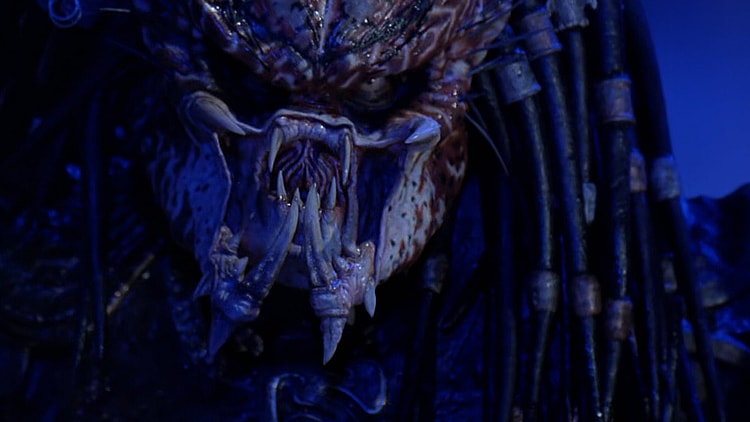
After his partner and best friend Danny is savagely butchered by the Yautja warrior, Harrigan digs deep to find his killer, oblivious to the truth. He eventually steps on the toes of DEA agent Peter Keyes, who seeks to capture the alien and capitalize on its technological secrets.
WHAT IT DID WRONG
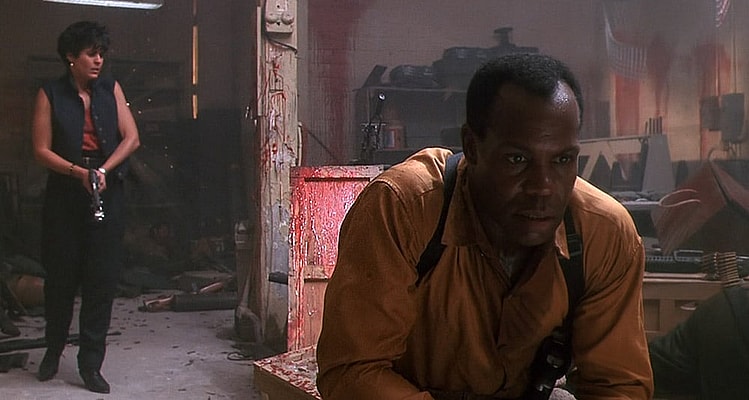
Predator 2 was largely a victim of Schwarzenegger’s star power. He was already arguably the biggest movie star of the 1980s, and that ended up costing the sequel in the end. Danny Glover did an excellent job with the material presented to him, but he was no match for the guy who once played Conan the Barbarian.
The film was also hamstrung by several other factors, including a much more crass, mean-spirited and dirty script that felt nihilistic. This was a sharp contrast from the glamorized war movies of the 1980s such as Missing in Action, American Ninja, and Commando.

In hindsight, Predator 2 is a much better film than it appeared to be when it first debuted in 1990. Audiences seem a lot more receptive to it, perhaps because of how future installments distanced themselves so much from the original. Predator 2 still feels like a Predator movie; it merely stumbled in several key areas.
Nevertheless, the film did a lot of things right, whether it was expanding on the Predator’s deadly arsenal of creative and sadistic weapons, changing the formula to accommodate the urban jungle locale, or providing key insight on the Yautja race, and its hunter culture.
RELATED: New Photo Shows What Jean-Claude Van Damme Looked Like As The Original Predator
2) ALIEN VS PREDATOR (2004)
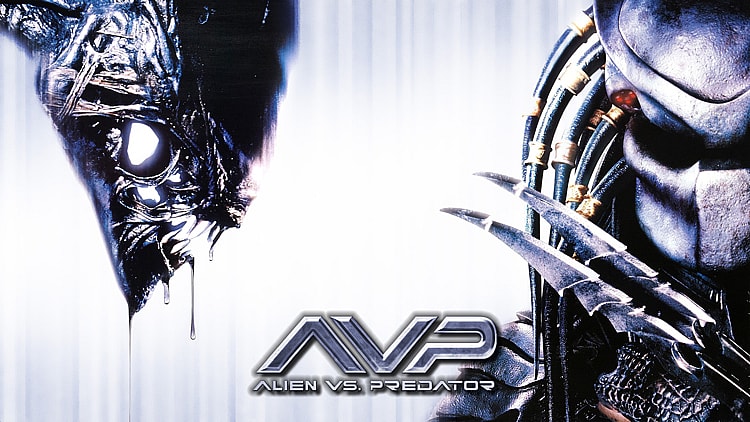
When Predator 2 failed to meet expectations, the entire franchise was mothballed and forced underground. That provided an opportunity for alternative media such as comic books and video games to capitalize on the formula.
Dark Horse Comics struck pay dirt when it purposely crossed over the Predator franchise with another 20th Century Fox property, Aliens, in 1989. With a hit series already in tow when Predator 2 flopped, Dark Horse moved to keep providing content for diehard fans of both properties.
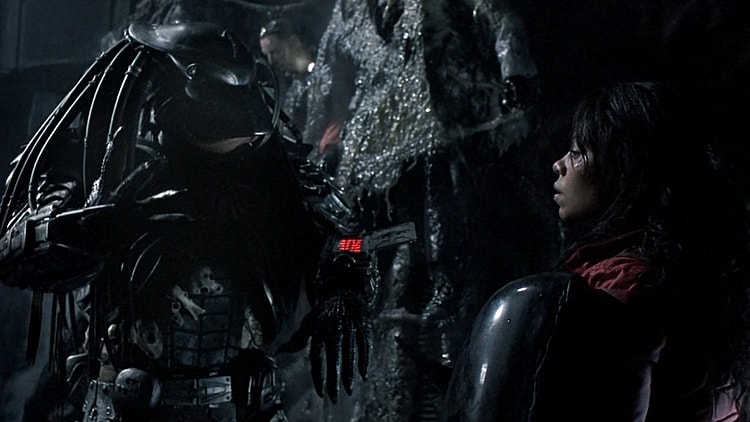
That formula would be adapted for the big screen in 2004 with Paul W.S. Anderson’s Alien Vs. Predator. The film was set in the modern age, and tried to tie the Yautja directly to humanity’s own past in an attempt to explain the sudden disappearance of cultures, seemingly overnight.
The film dropped the sweltering climates of Central America and Los Angeles for the frigid temperatures of Antarctica, and set the action inside a gigantic pyramid of Yautja design. It also just so happened to house an Alien Queen in stasis, who provided the materials needed for a massive battle against two lethal alien species.
WHAT IT DID WRONG
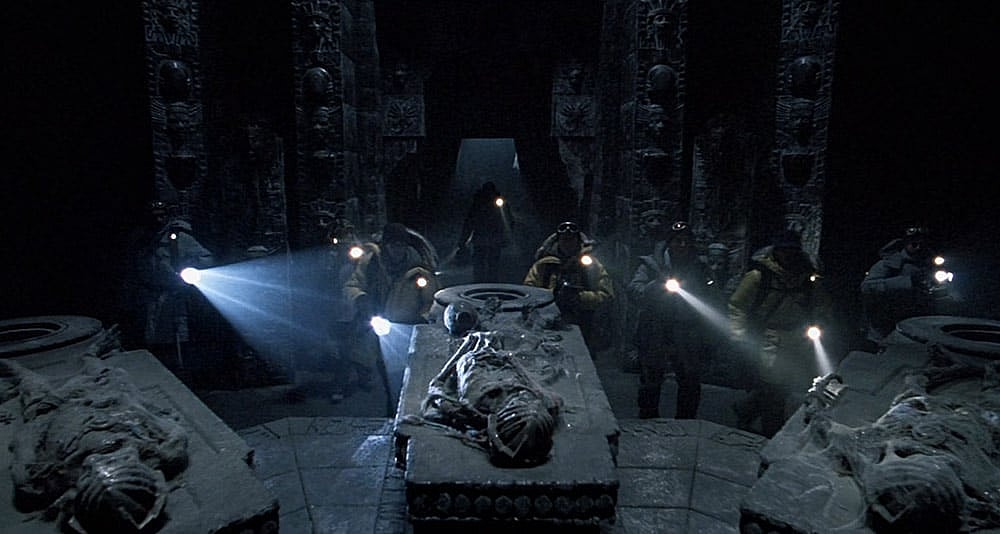
When the initial teaser trailer for AVP dropped, so too did the jaws of longtime fans. It was going to be a battle for the ages; a war between two fascinating alien species both vying for the top spot. It seemed like the natural pairing introduced in the comics was finally going to play out onscreen.
Unfortunately, it fell flat on its own face. In an attempt to garner more viewers, the violence and gore was downgraded in order to hit a PG-13 rating. That was the first nail in the coffin for the film. Second, the action sequences looked downright silly most of the time. The actors in the Predator suits looked awkward, as did the xenomorph practical effects.

Quick cuts and close ups during fights looked silly, and lacked any sense of dread or menace. The film deserves some praise for particular key sequences such as the end fight with the Alien Queen, but otherwise, it’s a mess. An attempt was made to bestow more notoriety to the film, courtesy of an “unrated edition” with added in CGI blood, but it wasn’t enough.
In the end, AVP was too tame, too immature, and too badly directed by a guy who got out way over his skis, and tanked his own film in the process.
3) ALIENS VS. PREDATOR: REQUIEM (2007)
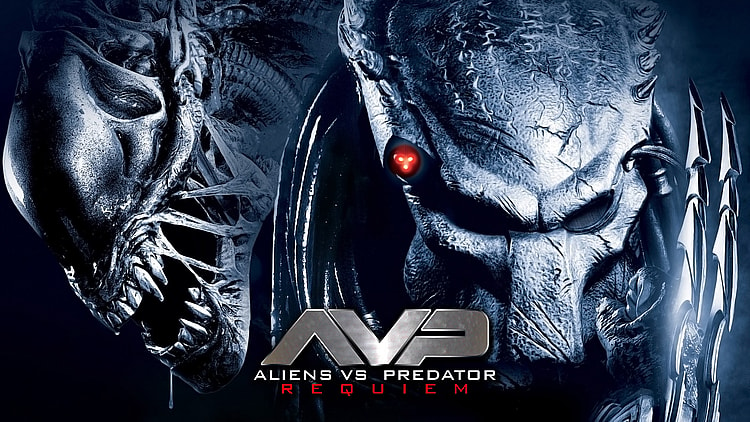
After the first AVP film failed to score big with fans, the Brothers Strause decided to give it another go. Rather than set the film in the future, they once again kept the story lodged in the modern day, picking up immediately where the first AVP film left off.
The Predalien chestburster that debuted in the final shot of AVP took center stage as the lead antagonist of the film, turning a quiet small town into a killing field of xenomorphs running amok. One lone, battle-scarred and aged Predator takes it upon himself to clean up the mess, and score some trophies at the same time.
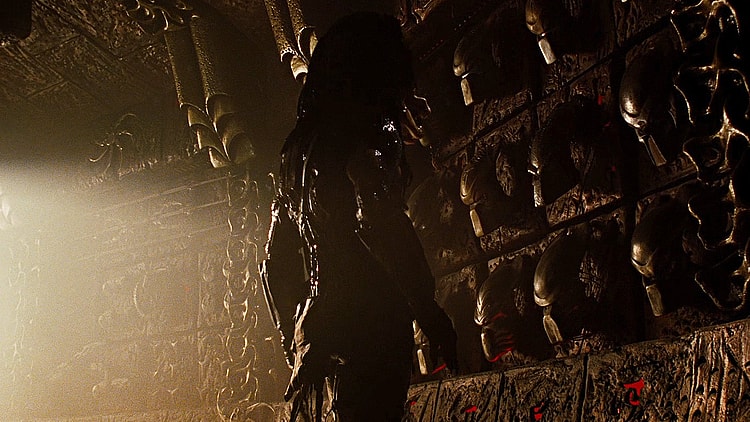
Once the Predator arrives on Earth, his first order of business is to track the Xeno/Yautja hybrid and neutralize it. The Predalien has the unique ability to spawn multiple Xenomorphs at once, by stuffing several embryos down the throats of its victims, where they burst forth from the abdominal region.
At the same time, a shadowy figure manipulates events from the sidelines as the infestation spirals out of control. The end sequence attempts to build a bridge between this event, and the first and second Alien films by introducing the Yutani corporation into the mix.
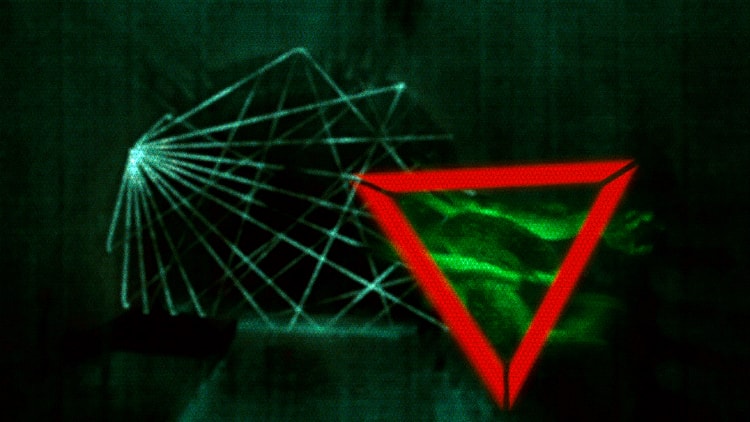
Unfortunately, this link would be de-canonized when Ridley Scott released Prometheus in 2012, adding even more confusion and convolution to the series’ chronology.
WHAT IT DID WRONG
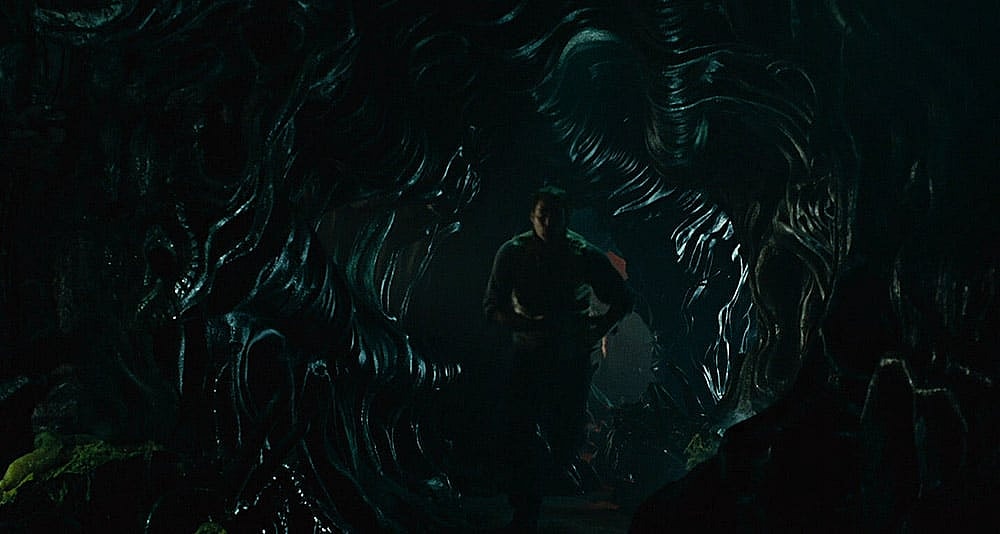
While AVP tried to tame its own source material to nab a wider audience, AVPR went in the polar opposite direction. Graphic violence was amped up to insane levels, rivaling even some of the most extreme horror films of yore.
Children were chestbursted, Xeno blood burnt straight through the faces of victims, and pretty young girls were skewered to the wall in brutal fashion by Yautja weaponry. Normally, this level of gore would have been on par with a Predator film, but AVPR felt like it was pushing the envelope for the sake of notoriety, rather than for artistic merit.
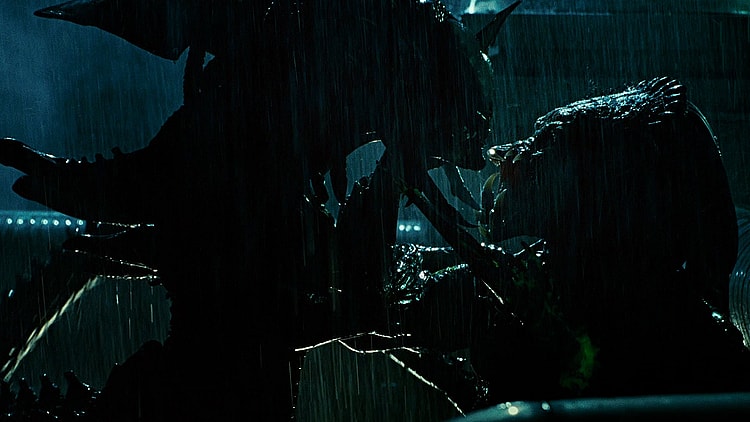
Wedded to the carnage was a dreadfully bleak script that ends on a sour note, along with the most forgettable characters of any Alien or Predator film to date. By the time the dust settles, it’s hard to find anything memorable about AVPR, aside from a few key action scenes.
While the introduction of the Predalien hybrid was a nice touch, it wasn’t enough to tell a story with. The film’s shoestring budget of $40 million prevented it from setting the story in a future timeline against Colonial Marines, but that’s no excuse. AVPR simply didn’t do anything except fumble its way in the dark from one bloody sequence to the next.
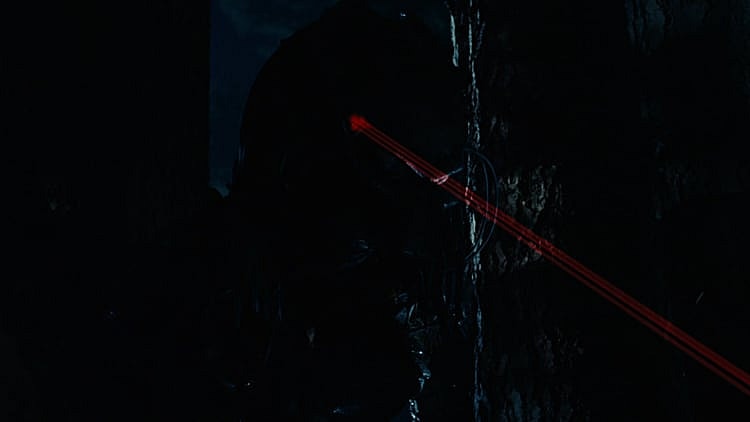
Speaking of dark, AVPR was actually dark. As in really dark! It was hard to see anything at all, in fact.
4) PREDATORS (2010)
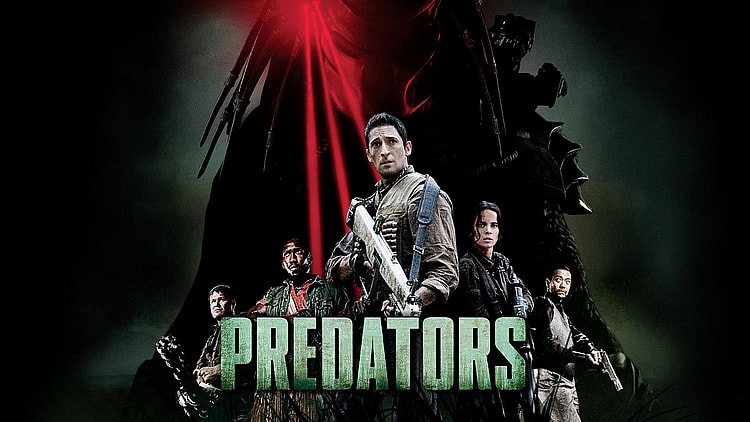
Of all the Predator sequels besides the second, Predators is the one that came the closest to duplicating the success of the original. Nimród Antal sat in the director’s chair for this one, aided by Robert Rodriguez as producer, and it showed.
Predators ties directly into the original Predator film in a big way, while simultaneously standing on its own. Adrien Brody leads the cast with an excellent portrayal of former Special Forces soldier turned mercenary, who ends up leading a group of trained killers against an invisible, unstoppable force.
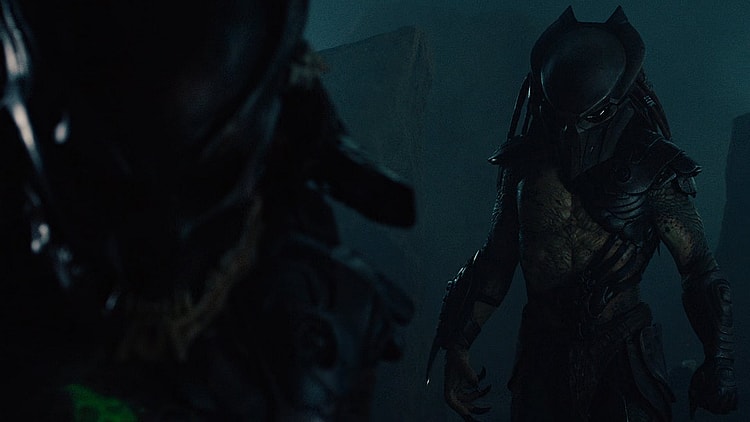
Like the first film, Predators takes place in a jungle, but not of Earth. Rather, the humans in question are deposited on an alien planet acting as a game reserve for a breed of super-powerful uber-Predators looking to hunt the best of the best.
Soon, both alien and human predators are pitted against one another for all the marbles, while a traditional Yautja Predator stands on the sidelines as a wild card. It’s an interesting premise that strays just far away from the original as to feel unique, without going overboard.
WHAT IT DID WRONG
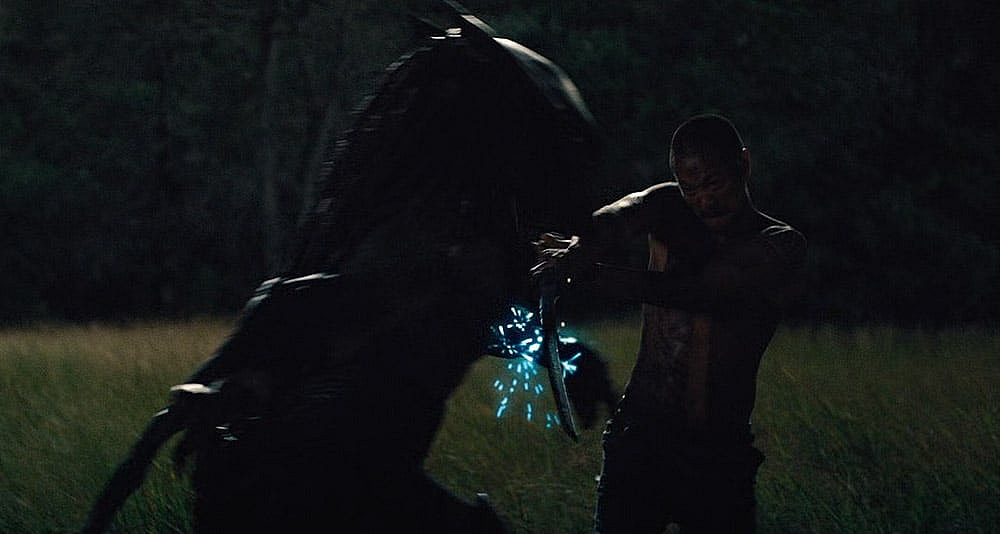
If Predators is guilty of anything, it’s definitely not a lack of nostalgia. In fact, that actually helps the film, as it plays on both visual and sonic cues to harken back to the 1987 original, while still finding ways to surprise the audience.
One of the problems with Predators revolves around the creatures themselves. The traditional Yautja Predator is shown in the film, but he’s a captive in a blood war with a monstrously more powerful race of super-Predator. These new baddies are the antagonists of the film, and although the overall formula is kept intact, it ruins the experience.
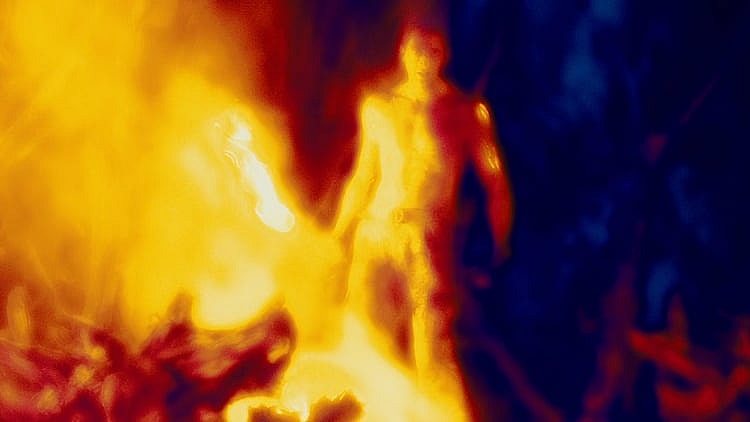
The standard Yautja are deadly all on their own, as evidenced by the events of the first film, so to have another offshoot race ten times more powerful feels like hopeless overkill. It also makes victories against these Predators feel more nonsensical.
Another misstep lies in the casting. While most of the characters in Predators are excellent, there are a few fumbles. Topher Grace’s character was designed to confuse audiences on purpose, until his true nature is revealed at the end of the film. Unfortunately, his character doesn’t fit the profile of someone who could provide much in the way of a threat to begin with.
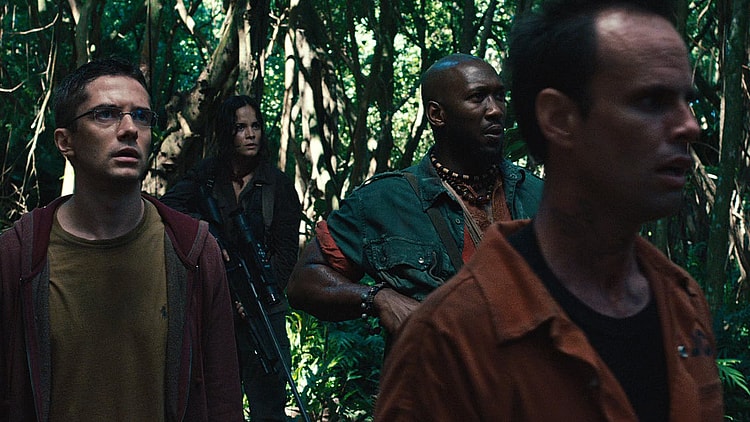
Other characters either don’t get enough screen time, or they’re not fleshed out enough. The original Predator film managed to somehow give audiences an inside look on each character, but Predators fails to do that. Some, like Danny Trejo’s character check out way, way too early, robbing the story of potential.
RELATED: 10 Underground Sci-Fi Classics From The 1990s That You Shouldn’t Miss
5) THE PREDATOR (2018)
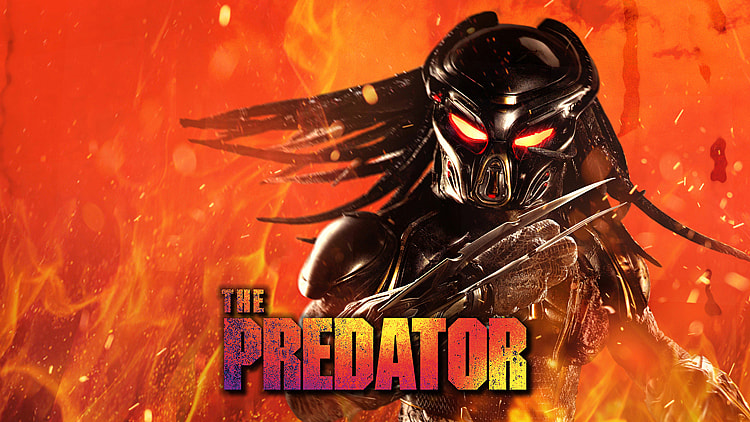
Shane Black helmed the disastrous The Predator in 2018, which is the height of irony, seeing as how he was one of the cast members of the original movie. Under his direction, The Predator turns the franchise into a caricature of itself, with no redeeming qualities.
The story revolves around a Predator going rogue and making its way to Earth as a fugitive. After being captured, a team of scientists discovers that the Yautja has human DNA, suggesting a sinister connection between both races.
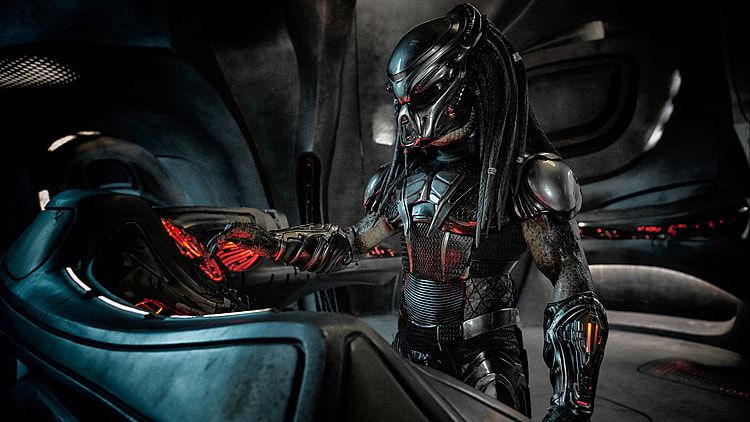
Soon, a much larger, super-evolved Yautja arrives on Earth and slays the fugitive, while the band of humans discovers that the race has some particularly nasty intentions for mankind. What follows is a slew of contradictions, bastardization of source material, and some of the worst writing in Predator franchise history.
WHAT IT DID WRONG
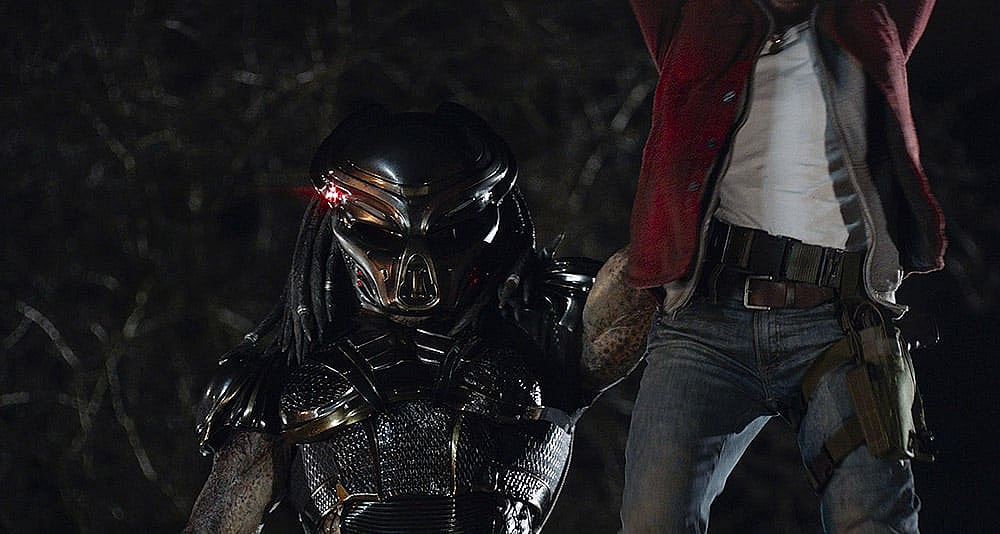
It’s hard to resist the cliché to say that “everything” is wrong about The Predator, but it’s also difficult to put it any other way. The characters are an unmitigated disaster from top to bottom, with horrible, misanthropic dialogue, flat jokes, and lack of charisma or screen presence.
In fact, casting a Predator film featuring Olivia Munn and Keegan-Michael Key should be an offense punishable by law, and both of them erode an already terrible script. Also, Thomas Jane should have been in the lead role of Quinn McKenna, and Boyd Holbrook should have done another film.
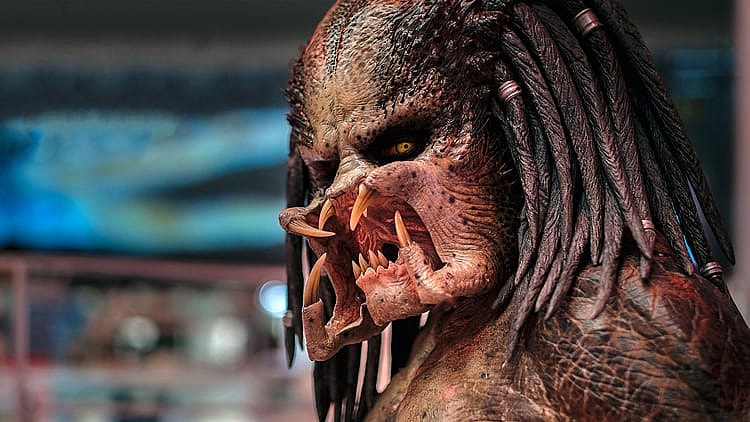
The Predator also dies by virtue of its own lackluster CGI and effects, which overload the film. The super-Predator looks unconvincing and ridiculous, and is nowhere near as effective as a tall human actor in a practical effects suit. The traditional Predator manages to stay faithful to the creatures that came before, but it’s undone by the script.
Any Yautja that uses finger gestures to intimidate people into dropping their guns is destined for the dust-bin of history. In another scene, it grabs a severed arm and upturns the thumb before sticking it into the cab of a police van, to signal that everything’s “Okay back there.”
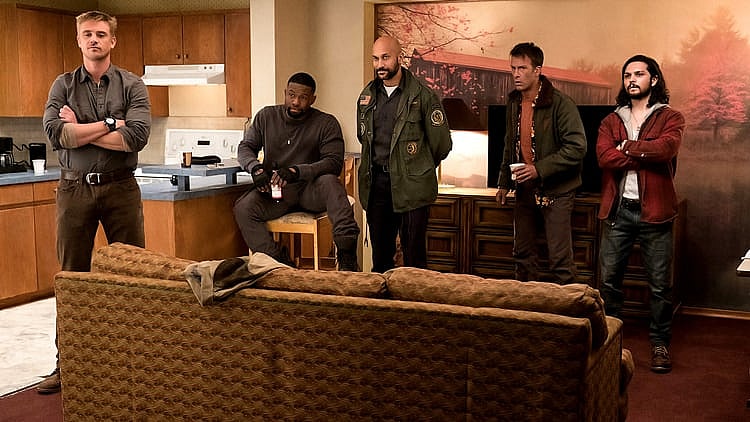
It’s ludicrous from top to bottom, but the stupidity doesn’t end there. Yautja hunting dogs look hilariously bad, especially when compared to the tracking dogs introduced in Predators, which were far more effective. One even becomes an affectionate pup after inadvertently being lobotomized with a gun shot to the head.
And finally, the film stumbles by trying to play on a narrative about climate change that is somehow more ridiculous than Alexandria Ocasio-Cortez’s Green New Deal proposal. The Yautja race is apparently so keen on harvesting human DNA before climate change supposedly kills everyone, that they’re prepared to go to extreme lengths to get it.
Maybe they’re closet Biden voters.
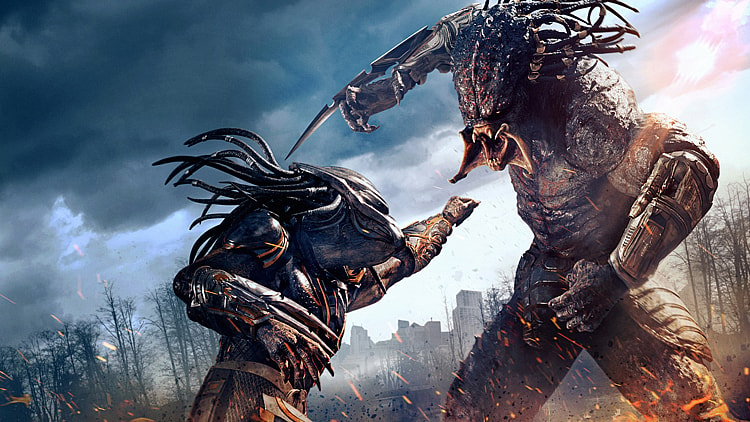
The franchise jumped the shark later on in the film, when the super-Predator kidnaps a young autistic boy, who it believes is the future of human evolution. It de-fangs the titular creature to such a degree that it’s impossible to come back from, and whoever green lit the film should be exorcised from Hollywood altogether.
IN CONCLUSION
It appears as if 2022’s Prey will attempt to strip down the Predator formula and get it back to basics, which is probably a step in the right direction. As it stands, the original 1987 Predator film remains the only installment to ever nail the formula correctly, from the start.
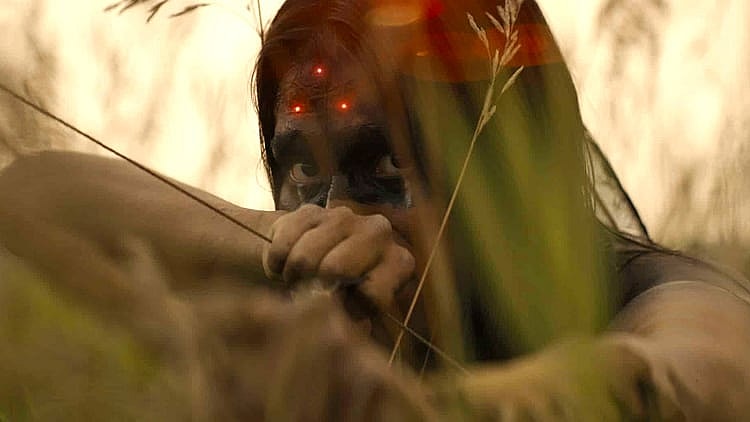
Prey might change things up to create a compelling narrative in a completely different timeline, but the inclusion of intersectional identity politics and radical feminism will probably turn off potential moviegoers. The Predator collapsed at the box office in 2018, proving that longtime fans are quite picky about what goes into a Predator sequel.
In the meantime, get to the chopper that is 1987, and enjoy the original for the umpteenth time, as it never seems to get old.
NEXT: New Trailer For Predator Sequel Prey Fails To Make Premise Any Less Nonsensical
